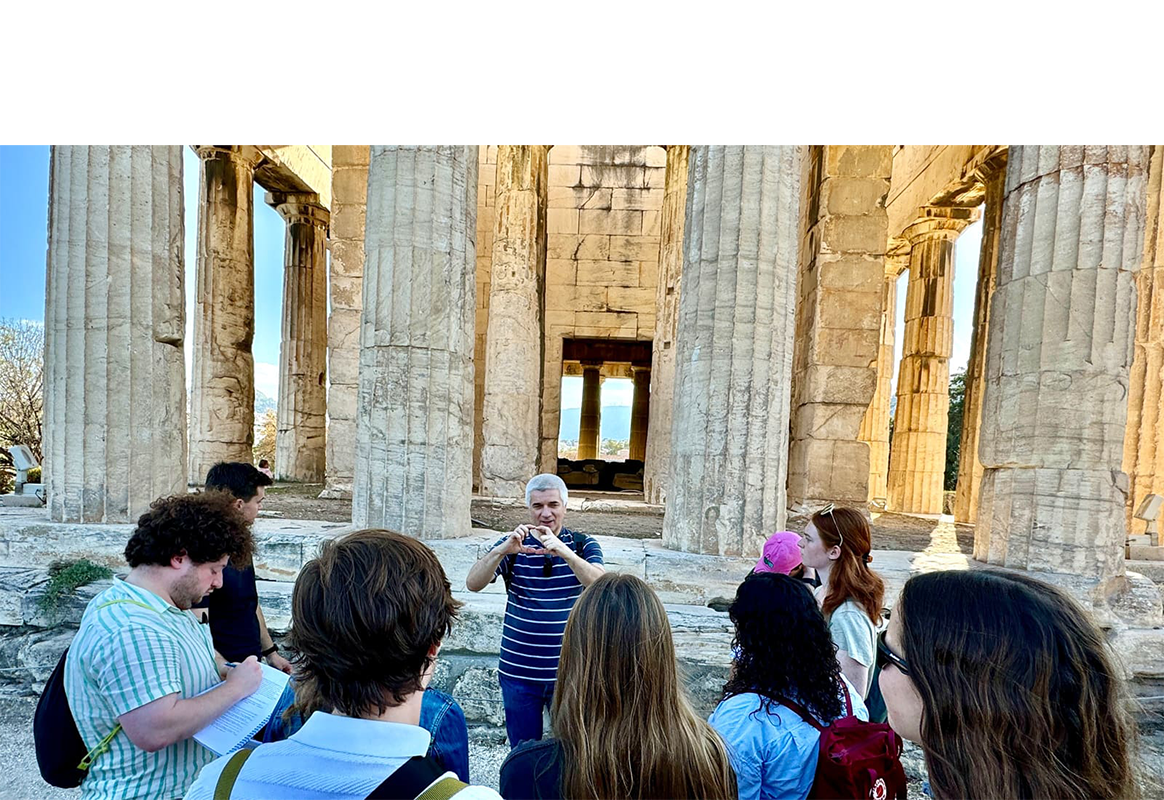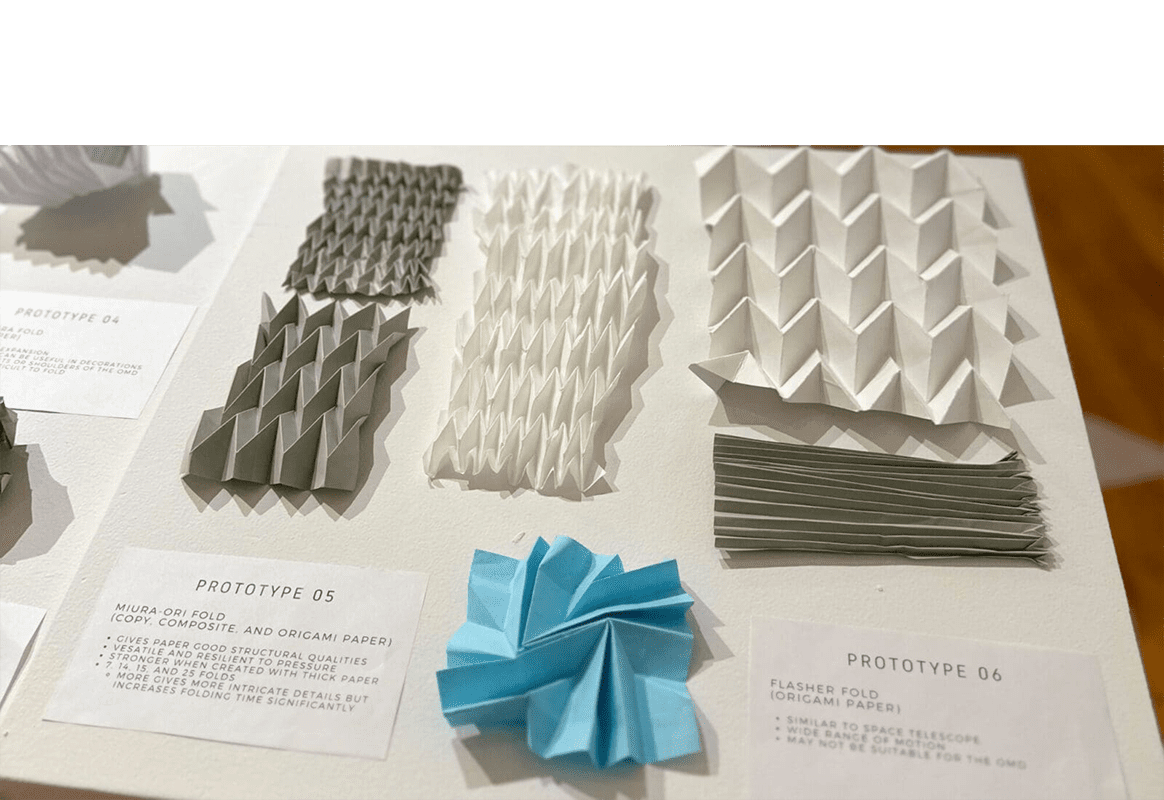Quest for ancient coins inspires a book and a course
By
on
Computer scientist Ken Steiglitz is happy to admit that he is an eBay addict.
For starters, his pre-dawn “grazing” on the popular Internet trading site has yielded a trove of ancient bronze coins to add to his personal collection. Even more, he has discovered a wealth of information to advance the field of auction theory, which lies at the intersection of computer science, economics, mathematics and psychology.
“The mathematical theory is beautiful, but it doesn’t work all the time,” said Steiglitz, a professor of computer science and director of the Program in Applications of Computing. “On eBay, there are real people displaying real behavior using real money. It is this meeting of the human passion for things and the theory that I find so interesting.”
Steiglitz explores this convergence in his upcoming book, Snipers, Shills & Sharks: eBay and Human Behavior, published in May by Princeton University Press. Using actual eBay bidding histories, Steiglitz chronicles the strategies people use in online auctions and explores how their behavior at times supports, but often deviates from, what is predicted by classic theory.
For instance, sniping – a common strategy of bidding only at the last minute – is in keeping with theory. As Steiglitz explains, it is in a buyer’s best interest to stay out of the fray until the very end, minimizing the chance that someone might outbid him or her and drive the price up. But not all of the behavior he has observed since first logging onto eBay in 1998 is so rational.
“You see bidding wars where people enjoy making other people pay more, even if they risk paying more themselves.” Steiglitz said. “It’s not in their self-interest to drive the price up. Spiteful motives change how people behave. This isn’t cold math theory – it’s fun.”
The book – Steiglitz’s fourth, but his first on auction theory – is designed to be similarly intriguing and entertaining, both to serious students of computer science and the general eBay-using population. For the former, all the mathematical underpinnings of auctions are included; for the latter, they’re safely relegated to appendices in the back of the book.
Students enrolled in Steiglitz’s Internet auctions class at Princeton venture beyond these formulas as they incorporate human behavior to create algorithms to analyze particular types of auctions. At times, they explore their own (sometimes irrational) behavior, drawing on data generated by auction experiments Steiglitz conducts in nearly every class.
Ed Finn, who graduated in 2002 with a bachelor’s degree in comparative literature and a certificate in applications of computing, was attracted to the course by his interests in the humanities and technology.
“Professor Steiglitz went out of his way not only to help me get oriented in the computer science world, but to feel that I had something of value to contribute with my own academic background,” said Finn, noting that the computer skills he honed in the class have bolstered his study of the intersections of technology and narrative at Stanford University, where he is completing a Ph.D. in English.
Nontraditional approaches to computer science appeal to Steiglitz, who is on the editorial board of the Journal of Unconventional Computing. He joined the University faculty in 1963, after earning his Eng.Sc.D. at New York University, and has built a reputation in a range of areas. In addition to auction theory, Steiglitz is currently working on a new type of computer that would use light pulses called solitons not only to transmit information, but to store and process data, which has never been done.
While his professional activities are often futuristic, Steiglitz is passionate about history, particularly coins from bygone eras. He started his collection in the 1970s, when he wandered into a coin dealer’s shop in New York City, found something that looked interesting and bought it for a dollar.
“It turned out to be a late Roman bronze,” he said. “And, it turned out it was worth ‚Ķ about a dollar.”
That didn’t matter to Steiglitz back then any more than it does now. “You become attached to certain coins that no one wants, but are important to you personally,” Steiglitz said. “That’s what’s the most fun – when these items surface. They’re historically interesting and they were really hard to find before eBay.”
“EBay is all about designing an algorithm to exchange goods for money in a way that is effective, and, ultimately, computer science is all about algorithm design,” Steiglitz said. “It’s an entertaining way to get the students really involved.”






